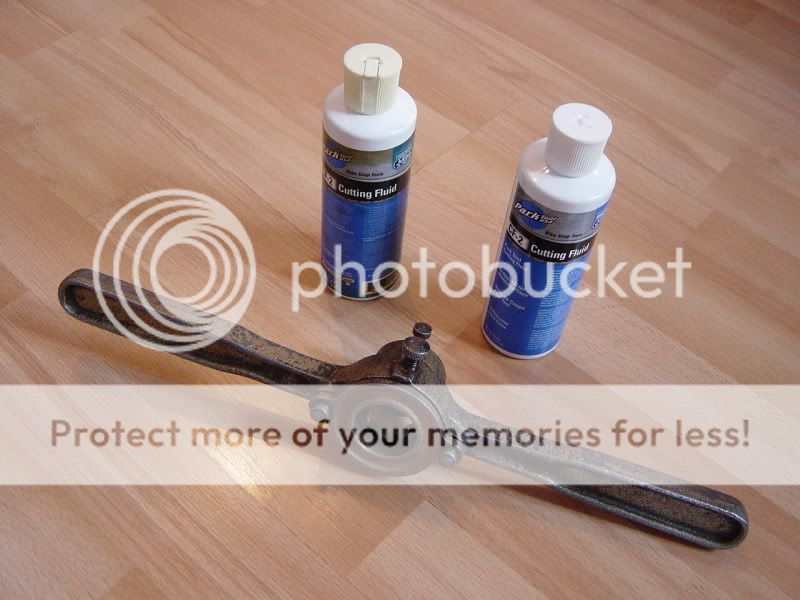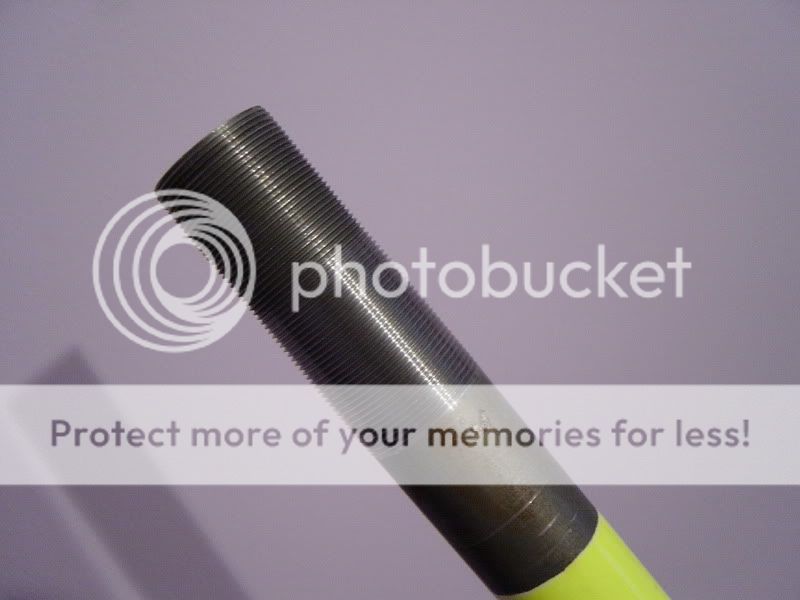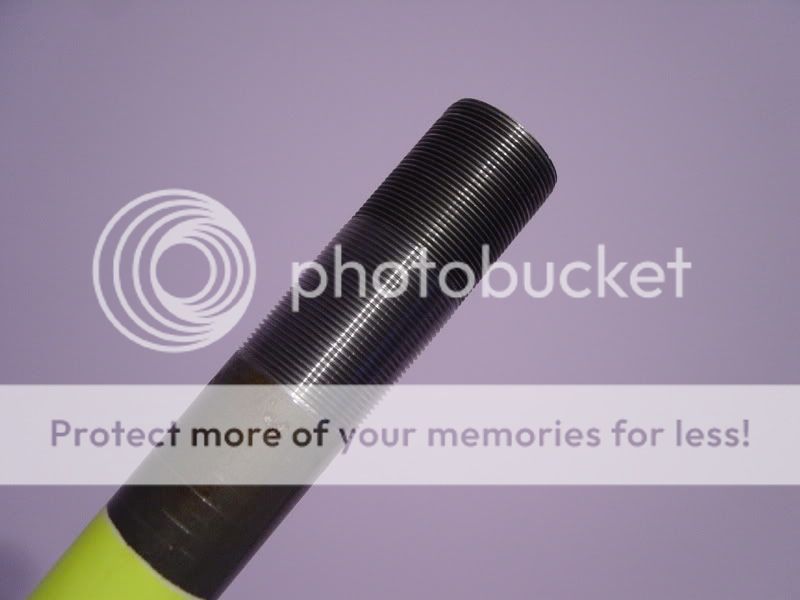feetabix
Retrobike Rider
Hi men.......I've just completed a fairly lengthy recon on a manitou 1 fork.......it's gone from a shabby
, seized mess to looking rather good......new elastomers and seals and a good cut back with wet and dry and polish.
The last job is to run the thread on the steerer tube down a further inch to fit it to my clockwork. The steerer is one inch diameter and I need a dye to get the job done. I presume my lbs will do it, but it would be nice to do it myself.
Does anyone have the tool to do it?.......
, seized mess to looking rather good......new elastomers and seals and a good cut back with wet and dry and polish.
The last job is to run the thread on the steerer tube down a further inch to fit it to my clockwork. The steerer is one inch diameter and I need a dye to get the job done. I presume my lbs will do it, but it would be nice to do it myself.
Does anyone have the tool to do it?.......




